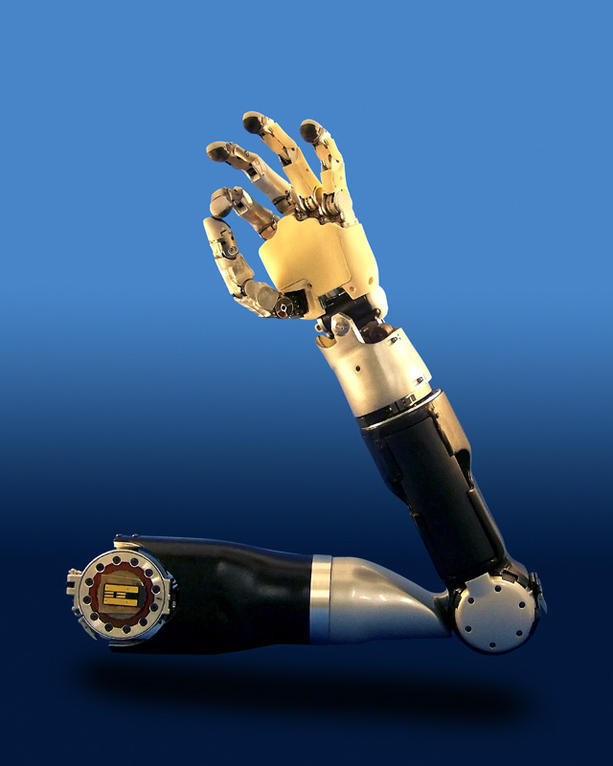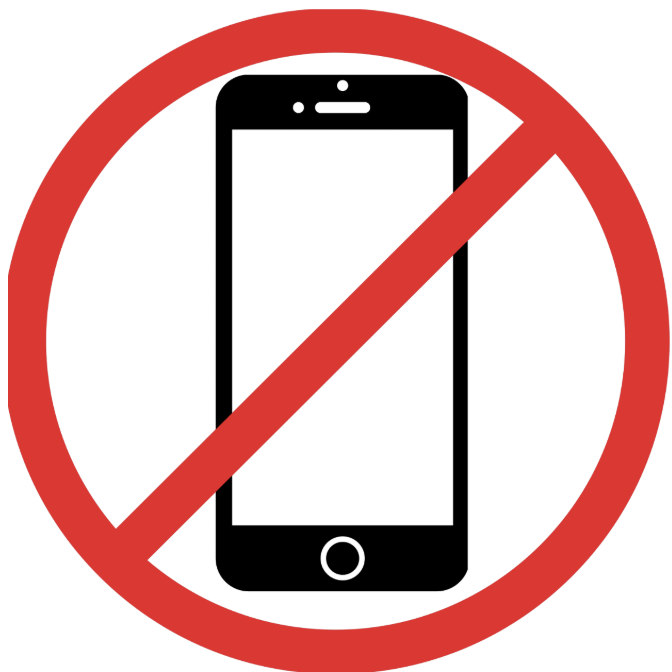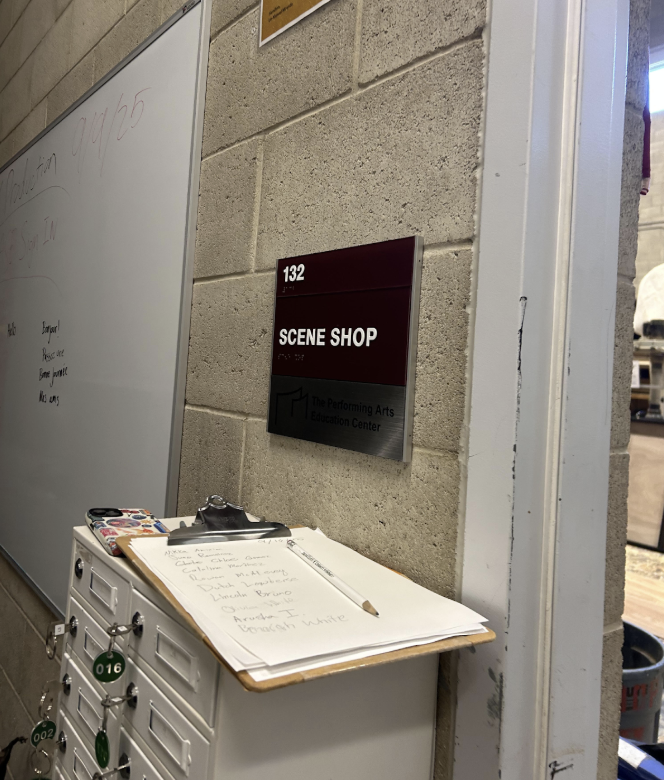Last month, the Food and Drug Administration approved the DEKA corporation’s prosthetic arm created by Dean Kamen, the inventor of the Segway. The arm uses signals from the brain to perform tasks such as zipping up a jacket or unlocking a door. Now amputees can experience moving their limbs for the first time.
The Defense Advanced Research Project Agency (DARPA) began funding the project approximately eight years ago. According to Bloomberg Business Week, they invested about $40 million. Kamen nicknamed the device “Luke” in reference to Star Wars character Luke Skywalker whose hand was cut off in the movie. The battery-powered prosthetic arm weighs about the same as a regular human arm and features six different grips.
“This innovative prosthesis provides a new option for people with certain kinds of arm amputations,” said Christy Foreman, director of the FDA’s Office of Device Evaluation.
The FDA claims that this is the first prosthetic that can perform simultaneous movements through electromyogram electrodes, which determine movements based on contractions of the muscles surrounding the device. Unlike many other prosthetic arms, the DEKA arm has the capabilities of using nerve impulses to control the device. Users will be able to move their new arms in a similar way as non-amputees can move their arms. The device moves when brain signals request movement. People who have lost limbs at the shoulder, mid upper arm or mid lower arm will be able to use the device.
Studies conducted by the FDA state that 90 percent of subjects were able to perform certain activities that they could not have previously performed with their current prosthetic limb. Chuck Hildreth, an amputee who lost both of his arms in an electrical accident, was one of the first to use the new bionic arm.
“I never thought in my lifetime I’d see something this functional come out,” he said to CNN.
DEKA will now be able to sell its new bionic arm in the United States. The arm is projected to sell for upwards of $100,000. Though some believe that the cost of the arm is too expensive for the majority of people to afford, many feel that this is a justifiable price to pay for such a high-grade prosthetic arm. Now the majority of the amputees in the U.S. can experience the feeling of using their arms once again.








